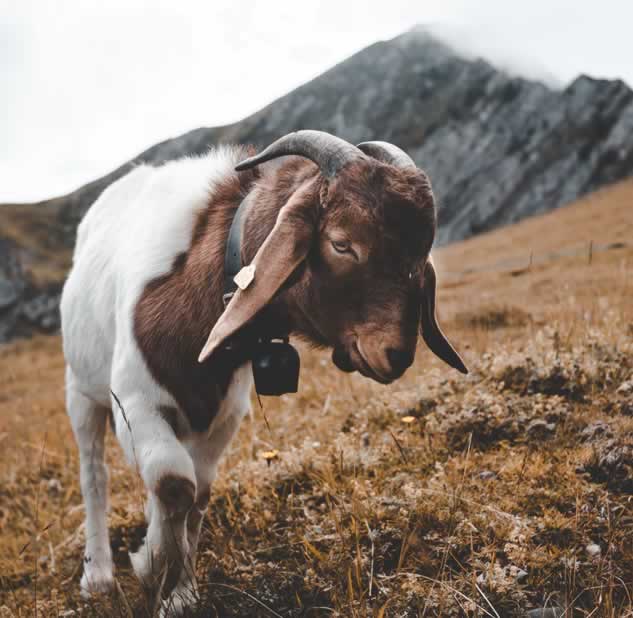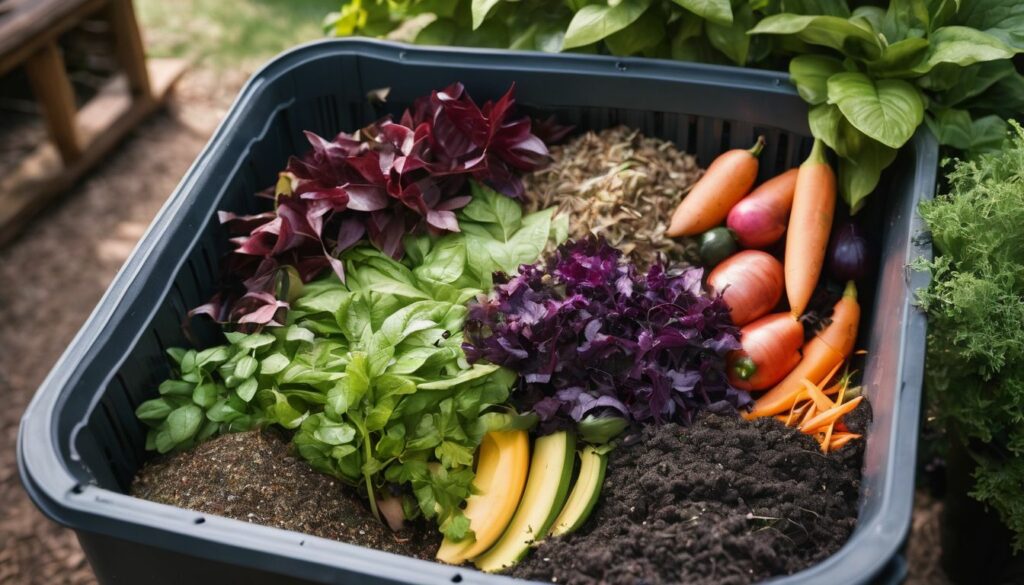One of the most popular animals for homesteading is goats because they don’t require much land. They are great in that they can be used for meat, milk, or cheese. I have a small homestead and have been exploring the idea of getting goats. A question I had was “How long do goats live?”
The short answer is that goats live 15 to 18 years. The range notwithstanding, goats reaching 20 years or more is not unheard of, given the right conditions, which might include good care and medical attention and stopping breeding them after a certain age.
There are many variables that impact how long a goat lives, like breed, gender, the attention and care they get, protection from diseases, environment, feed, shed space, etc. And we are only talking about farm goats or domesticated goats here.
Another rule of thumb is that does, the female goats, tend to live longer, towards the top end of the range, even though some tend to die during their pregnancy or just after delivery. Bucks, or make goats don’t make it that far, with their lifespans probably ending up under the lower end of the range given above. The major reason for this is understood to be the stress of the rut, that period when hormones surge through the buck experiences in readiness of breeding does.
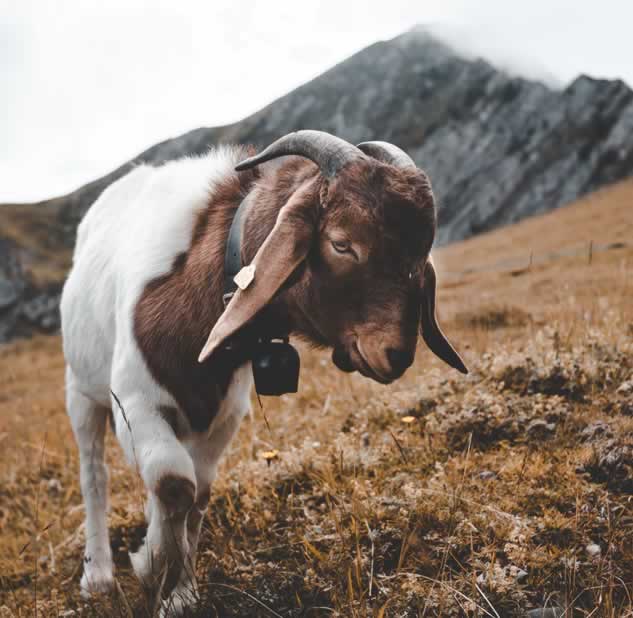
The breed and its life span
Some goats can live up to 15 years but some goats cannot for 15 years. . See their life span below then decide how to raise your own goats. We’ll discuss several species of goat, instead of calling them domestic goats, We’ll also discuss how long goats have to live depending on their breed and how long they live. Some goats live between 15 and 18 years and can’t live until 15 years.
Common breeds and life expectancy
Alpine Goats
The lifespan of Alpine goats is 8 to 12 years, in general. The alpine goat is a medium-large goat that originally came out of the French alpine area. This breed was introduced in early 1900 from France. This animal is bigger and rangier with females weighing between 170 pounds whereas males weighing 150 to 130 pounds. The goat can be found in several colors like black white grey and brown. Their milk is full of nutrients vitamins and minerals good for the human body. The Alpine goats are friendly and social but they are especially alert with their raised ears. They can be found in almost all climates and weather and are found anywhere and everywhere. Alpines live an average life expectancy of around eight-12 years.
American Lamancha Goat
At 7 to 10 years, their lifespan is much shorter than other breeds. The Lamancha goat was bred from the U.S. believed to be a Spanish organ animal. Short-headed goats were first bred by Mrs. Eula Fay Frey in 1950. The old can weigh at least 130 pounds while boys can at least 155 pounds. The average lifespan ranges between 7 – 10 years – while the American Lamancha average lifespan ranges over 7 – 10 years. The Milking-Geland is known for high-protein milk and is rich in minerals. The dairy fat and buttermilk are all relatively high. If you have decided on keeping your house-friendly goat cute and cooperative you.
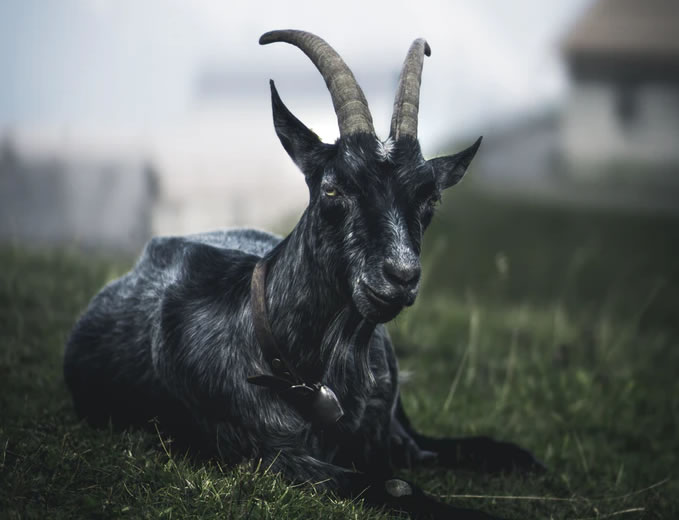
Anglo-Nubian Goats
With a lifespan between 8 and 12 years, this breed does not live as long as some of the others. Anglo Nubians are found in at least 65 countries. The race is Highly R – stable and can survive many environments and climates. The average height is approximately 35 inches. Their long frolic ears and huge mouth are easy to recognize. They are kept by some farmers also for the production of meat and hides. This animal has a lifespan of around 12 years and is very friendly and reacts well by affection. The goat is a not heavy milk maker. Their animal milk contains approximately 4% fat. The noctarines are large animals with buck as strong as 175 pounds.
Boer Goats
Known as a hardy variety, Boer goats are known to avoid falling prey to diseases that often curtail the life of other varieties, and can be said to live out their age. Does can live upto 20 years while bucks can live upto 12 years.
Nigerian Dwarf Goats
Tend to live till about 15 years. Dwarves are gentle, the docile animal being in balance. They are also playful creatures. He brought the breed to the States in the 1950s for meat and milk. They are extremely resilient beings and can be found virtually everywhere. On average it weighs between 60 and 80 pounds and comes in many different shades. They can live for as long as 15 years, are easy to raise and are great affectionate. Their milk is richer in proteins than most other goat breeds a hefty butterfat percentage of 6-10%. The Nigerian dwarf goat is a species native to West Africa.
Nubian Goats
Another variety that has a lifespan towards the higher end of the range. They tend to live between 15 and 18 years. The Nubian loaf de Goat is believed to have been native to Africa but there are also traced in the Middle East and India. As aristocratic by their Roman mouth and ear they are often reported. Their milk has higher fat contents than most goat species and they produce larger amounts of milk than many other goat species. There is the most extended lifespan in goats whose life span ranges between 15 and 18 years. They prefer to live in an estate which has plenty of ground-up space – and a good resilience – which survives to many climates and to many conditions and is highly resilient.
Oberhasli Goats
This breed, with proper care, reached a lifespan between 8 and 12 years. Medical attention is important, with tetanus being a major threat. Oberhasli goats are likely to contract tetanus infections. Compared to the Plygmy animal Oberhasli is smaller and more handsome. Goat life can last up to 12-years. For ideal ranges, their life expectancy should be about eight to twelve years. But stay careful over the breed and ensure they have a proper space living and medical treatment such as vaccinations and space living conditions such as feeding them leaves, grasses, The guinea is very susceptible to tetanus or tetonus illnesses which are particularly serious for the breed.
Pygmy Goats
Both the bucks and the does tend to live an average of 12 years. Susceptibility to diseases is a common killer. Lifespan can be considerably extended with proper care and medication.
The pygmy goat is American breeding of goats of acrondroplastic origins of the Cameroon Valley in West Africa. The breed has been brought to the U. S. for research purposes in the 50s but has later been adopted by goat packers. They can produce up to 2 liters per day containing around 45% to 11% butterfat percentage. Pygmy goats look like dwarfs because of their stock body and short tails. In total their height ranges from 15 to 20 inches and their average weight is about 50 pounds. They are very resilient and can withstand a variety of environments. The average life expectancy is 10-15 years.
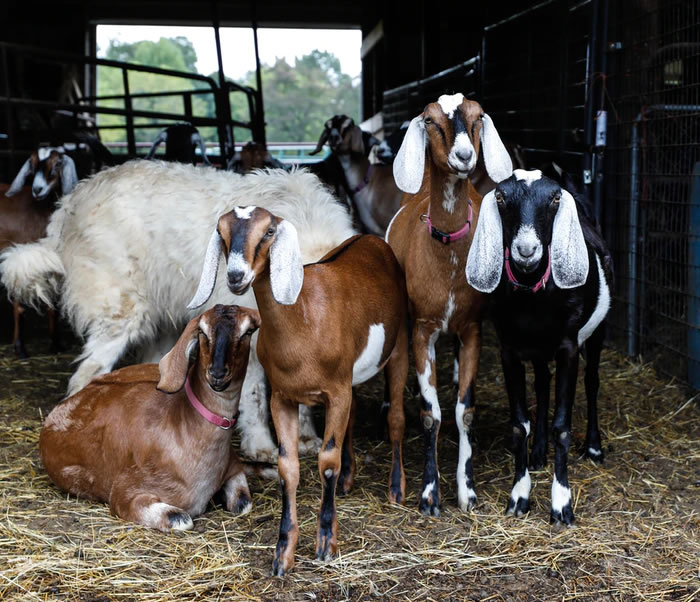
Saanen Goats
These goats can live up to 15 years or even older. Due to their ability to produce high quantities of milk, the attention they need is ensuring adequate intake of protein in their diet is an important factor in longevity.
Saanen goat is a domestic goat that is originally from Switzerland. It also produces high concentrations of milk. The more it is handled well the better their quality is. They lack pigment and have white skin, upright and pointed ears. The bucks last for longer than the ones who live for it. Also, that lifespan is less. When making up an analysis they live more than you. They get stressed more by women. This is meant to be longer lived. It lives longer by stress. A female has more proneness to stress which helps him live longer. They live long.
Suggestion for increasing a goats lifespan
With proper care, there is no reason why your goats will not live out their full lifespan, bringing joy to your family as well as the bounty they produce.
Maintenance
Goats need care and maintenance. Owners need to be in touch with their herds. Many signs of frailty like diseases and wounds are visible even to the naked eye. Early detection leads to early care. Usage of herbs as cleansers has also been recommended by many. Simple activities like trimming of hooves if important to keep them in good shape, allowing them to move without inhibition and feed and fend for themselves.
Living environment
Like all living beings, goats thrive in some environments and not on others. Wet climates, for example, tend to increase the incidence of worms and parasites and goats being affected by them. A shelter that can be a defense against inclement weather conditions is important. Goats are social creatures, so care should be taken to ensure that at least two or three are penned together.
By the way, goats love to stay in a herd, so owners should have at least two or three goats in the beginning.
Medical Care
Though this can be considered as a part of the living environment, it is worth mentioning as a separate item on its own as disease and sickness take away from a goat’s lifespan. Also, some varieties of goats are more susceptible to contracting illnesses. Hence, a vaccination program, as well as access to a veterinary doctor in times of need, are important considerations.
Breeding
Breeding is an important part of a goat’s life, as well as for the owner as it produces calves as well as triggers the production of milk in does. Healthy parents will also lead to the production of healthy offspring. It is also a stressful and sapping process. The likelihood of a doe dying during pregnancy or immediately after is much higher than the rest of their lives, hence focus on this period can significantly enhance the average lifespan.
Separate rooms for new mothers are recommended so that they can look after their babies without worrying about any interruptions. This also helps to isolate diseases in case the new mother or calf have contracted any.
Bucks tend to have a shorter lifespan than does. The reason attributed is the stress of the rut, which is taxing on them and leaves them emaciated.
Other ideas
Male goats need space – Bucks need larger spaces to expend their energies. Contact with other males can create conflict leading to getting wounded in the struggles, sometimes leading to death. Keeping them apart can increase the lifespan of male goats.
Leaving does unbred – Leaving does unbred towards the later part of their lives can extend lifespan not only of the older doe but also prevent the birth of unhealthy babies that end up dying young.
How do you tell a goat’s age?
The age of goats is usually determined by their tooth a procedure called tooting. The condition and size of the teeth quickly determine the goat’s age. The baby goat had 8 tiny teeth in its lower gums. Once a goat hits the age of one year the front tooth and the second baby’s front teeth in front of them are replaced with two permanent teeth. An adult goat is usually between 2 and 1 year. If you notice a goat’s permanent teeth are worn out, and it’s around 10 years old now. If goat a tenyth is a term given to a person whose teeth are worn out.
Looking at the teeth
Animals that were bred are raised to bear their milk teeth at its base only with front teeth and saggy front gums. As goats grow older permanent teeth replace milk teeth. A goat may lose a tooth before that age because its teeth will wear off leading to difficulty in eating them leading to various diseases and illnesses. Other factors such as the type of food and the lifestyle affect the severity of tooth loss of later years.
Size
Mountain goats grow a height of 49 in. up to 70 cm. They do not lose their horns therefore the age of goats can be determined by counting annual growth rings. There are a few hundred species of domestic goat so size variations are high. One of the smallest breeds of goats Nigerian dwarf weighed about 20 pounds. Nine kilograms) Pangy goats weigh 53 to 86 lbs or from 24 to 37 kg The Anglo-Nubian goat may weigh as much as 250 lbs. The size of a domestic goat varies according to the Smithsonian Institution.
Habitat
Mountain goats are usually found in mountains found in Alaska western Montana, center Idaho South Dakota Colorado, and Washington. His broad cloven hoop allows him easily to climb steep ridges with ease. Their home locations are usually between 3281 and 16404 feet (1,075 to 5,000 m) above sea level. Domestic goats are raised around the world in most forms of the terrestrial biome. A typical home goat needs extensive habitat – grass to consume and clean and ventilate-decorated shelter.
Diet
Goat’s gaff grab and put in your mouths. They will use only one side of their mouth to grind their diet. Goats are ruminants. Like cattle they are enclosed by four internal stomachs. It takes 11 to 15 hours for the food to make it’s way around the stomach of goats. Goats love grass and mountain goats also eat grass. Many goats are more inclined towards eating junk, plants and anything else lying around. 11 times that. 15 hours of consumption in goats intestine.

